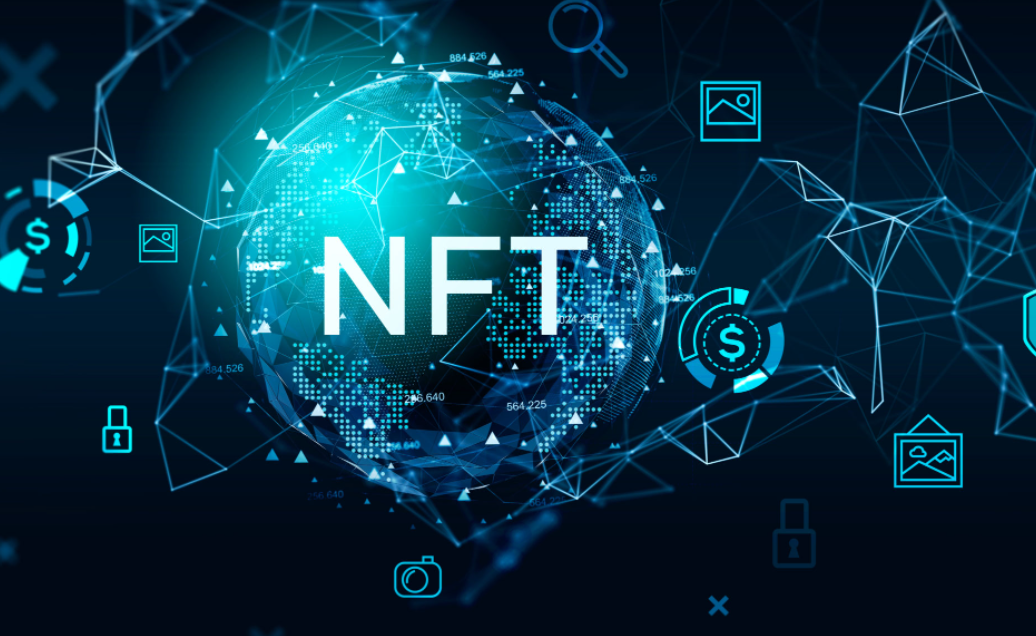
A Non-Fungible Token (NFT) is a new digital item category that’s gaining popularity in the blockchain space and beyond, with different potential applications across industries and software categories. In this article, you’ll learn what NFTs are, how they work, and much more. You’ll also see why NFTs are an exciting addition to the world of cryptocurrencies, blockchain technology, and digital goods. Read on to discover more about this innovative type of cryptocurrency!
An Introduction to Non-Fungible Tokens
Non-fungible tokens (NFTs) are virtual goods, just like assets on a blockchain with identifiers that help them stand out from one another. A non-fungible token, on the other hand, is a type of crypto asset that represents ownership over something unique like a digital art piece or an antique car. These tokens cannot be exchanged for other assets like the fungible ones could.
NFTs were derived from the ERC-721 standard. Developed by some of the same people who created the ERC-20 smart contract, ERC-721 defines the bare-minimum interface required for the exchange and distribution of gaming tokens. The ERC-1155 standard does an even better job at making transactions for non-fungible tokens affordable and integrating batches of various non-fungible tokens into a single contract.
The Technology Behind NFTs
Blockchains are something you might have heard of before, as they became a popular idea in the digital age. It’s a shared, digital ledger. Non-fungible tokens (NFTs) are a digital asset on a blockchain that cannot be substituted for another item on that blockchain.
Typically, an NFT would represent something like a virtual good or gaming property. Ethereum’s ERC721 standard was created to support NFTs in particular, but similar standards are being developed for other blockchains as well. In order to create a new asset of any kind on top of ERC721, you need to know how to code and write smart contracts.
However, there are tools available that help coders get started quickly. Take CryptoKitties for example: a crypto game where players collect adorable cats and then breed them with one another to create new cat breeds. These assets are represented by NFTs which live on the Ethereum blockchain.
What Platforms Are Supporting NFTs?
Non-fungible tokens are being hosted on a variety of blockchain platforms, from Ethereum’s introduction of ERC-721 to Tron’s recent announcement that they’ll be hosting non-fungible tokens, many different platforms are beginning to explore NFTs. Some blockchains also have their own protocol standard for non-fungible tokens; for example, NEO creates its own assets, including non-fungibles, on its blockchain. These tokens can be transferred between wallets to create a centralized exchange-like system.
The NEO protocol, however, does not support cross-chain transactions, so every token must be on the same blockchain. That way, if someone obtains a token on the Ethereum network, they still need to leave it there until they transfer it to another network like Neo or Wanchain to be able to access it elsewhere. The concept is that with this limitation in place, someone would use one network as their main platform where all of their assets are managed.
Where Can You Buy NFTs?
You can buy NFTs through sites like OpenSea. However, there are thousands of NFTs, so you may have a difficult time finding exactly what you’re looking for on these platforms. If you want to browse for non-fungible items, it’s much easier to do that on NFT marketplaces. There are a few big names in the industry, such as Rarebits or Opensea.
These websites also provide tools that allow users to trade with each other and they offer a lot more information about the history of an item. When you purchase a token from one of these websites, you will receive a digital copy of your asset that has ownership attached to it. You can then sell this token on any platform where it is accepted by sending the token directly to the person who wants to purchase it from you. Alternatively, you can use a blockchain platform to create a smart contract that allows someone else to purchase the token from you.
To buy NFTS, you will need a type of cryptocurrency known as Ether which runs on the Ethereum blockchain. However, there are other digital currencies on different blockchains that you can use.
You spend your Ethereum on an NFT, which then joins the blockchain. With no one else able to change this information, you have clear proof of ownership through the smart contract – a piece of data showing who owns the NFT, when they purchased it, what they’ve been able to do with it, and how it has been transferred and licensed.
Where Can You Sell NFTs?
Once you have developed your NFT, you need to find a way to sell it. Most platforms only allow for exchanges of one token for another, meaning you would only be able to exchange your NFT for ETH (or BTC or other cryptocurrency). If you are looking to transact in USD, many sites such as OpenSea or RareBits will allow you to list your token for sale. These sites act as a type of marketplace where people can buy and sell non-fungible tokens in exchange for fiat currency.
It is important to note that some websites also require the seller to take a commission from the transaction price. For example, on OpenSea the seller takes a 10% commission from the final price. There are also marketplaces like CryptoKitties which do not charge a fee for transactions. In addition to being available at these third party marketplaces, you may want to consider using your own website with a built-in store function. There are various options that may work best depending on the size of your community and what sort of experience you want them to have when purchasing an NFT.